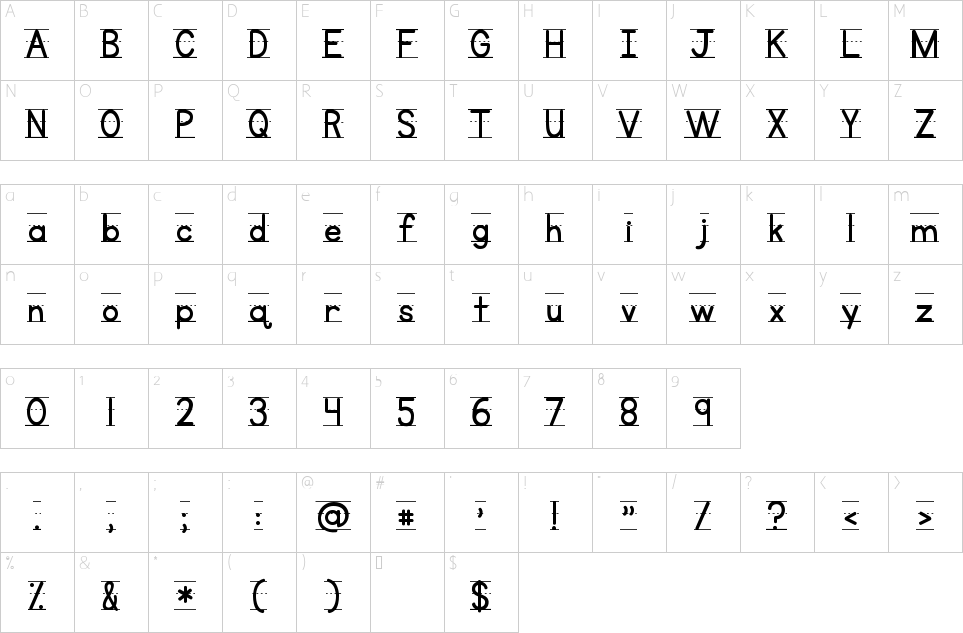KG Primary Penmanship Font
Laser Cutting
Font Files
- KGPrimaryPenmanship.ttf
- KGPrimaryPenmanship2.ttf
- KGPrimaryPenmanshipLined.ttf
Font Details
| Designer Name: | Kimberly Geswein |
| Font License: | Free for Personal Use |
| Website: | https://www.kimberlygeswein.com |
Designers Note
This font was created by Kimberly Geswein.
It is for personal use only. If you wish to use it commercially I ask for
a one-time US $5 paypal payment to Kimberly at [email protected]
Paying the commercial license fee gives you unlimited usage of this
font for your t-shirts, advertisements, websites, whatever you wish!
For non-profit and/or non-commercial usage-- as long as your
stuff is not racist, hateful, or anti-Christian, you are free to use it as
you wish!
It is for personal use only. If you wish to use it commercially I ask for
a one-time US $5 paypal payment to Kimberly at [email protected]
Paying the commercial license fee gives you unlimited usage of this
font for your t-shirts, advertisements, websites, whatever you wish!
For non-profit and/or non-commercial usage-- as long as your
stuff is not racist, hateful, or anti-Christian, you are free to use it as
you wish!
Character Map
